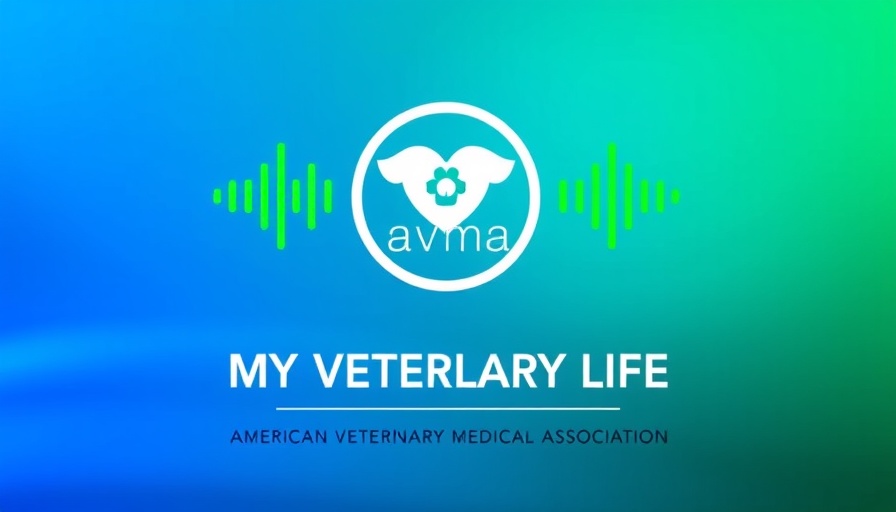
From Land to Sea: Dr. Barb Linnehan's Inspiring Journey in Veterinary Medicine
For many veterinarians, the path toward animal health and welfare can be a winding road, filled with diverse experiences and significant challenges. Dr. Barb Linnehan, the resident expert on marine mammals at the National Marine Mammal Foundation (NMMF), is a prime example of how passion can morph into a successful career dedicated to the health of our ocean’s most fascinating inhabitants.
A Unique Path to Specialization
Dr. Linnehan’s journey began not in the depths of the ocean, but in the bustling world of small animal medicine. After earning her D.V.M. and a Certificate in Aquatic Animal Health from the University of Florida, she completed a small animal internship followed by advanced training at the Vancouver Aquarium. Her unique trajectory exemplifies how varied experiences can influence specialization. By starting on land, Dr. Linnehan gained invaluable skills that she later applied to marine mammal care.
Understanding the Complex Needs of Marine Mammals
As the Director of Animal Health and Welfare at the NMMF, Dr. Linnehan oversees the veterinary and medical records teams, ensuring that dolphins and sea lions receive the leading-edge medical care they need. Her work includes field operations and advanced technique development, particularly in cardiology and neurology. This comprehensive approach is crucial, especially considering the challenges marine animals face due to environmental changes and human impact.
The Role of Conservation in Veterinary Medicine
Dr. Linnehan’s involvement didn’t just stop at hospital care; she actively participates in wild dolphin conservation projects. Her role in assessing the health of dolphins post the devastating Deepwater Horizon oil spill exemplifies the integrative role of veterinary medicine in environmental stewardship. As awareness about the interconnectedness of wildlife health and ecological well-being rises, the importance of veterinarians in conservation continues to expand.
Embracing Technological Innovations in Animal Care
With tech and innovation rapidly transforming veterinary practices, Dr. Linnehan advocates for embracing new tools that improve marine mammal care. From telemedicine initiatives to advanced diagnostic techniques, her commitment to incorporating technology demonstrates a forward-thinking approach that enhances overall animal welfare. By staying informed about the latest advancements, veterinarians can significantly elevate the standards of care.
Encouraging Future Generations
A passionate educator, Dr. Linnehan shares her experiences with aspiring veterinarians and animal enthusiasts alike, emphasizing the importance of marine medicine. Her journey not only highlights the continuity of education through mentorship and training but also inspires others to take on the challenge of veterinary care in challenging environments. Young veterinarians who enter the field should know that they play a pivotal role in shaping the future of animal health.
Valuable Lessons for All Veterinarians
For pet owners, trainers, and veterinary professionals alike, Dr. Linnehan's story serves as a reminder of the resilience and adaptability required in veterinary medicine. Whether dealing with domestic pets or marine mammals, understanding animal behavior, welfare, and health are universal tenets that guide all veterinary practices.
The Future of Marine Animal Medicine
Looking ahead, Dr. Linnehan is optimistic about the future of marine animal medicine, noting that increasing collaboration between veterinarians, ecologists, and conservationists can lead to holistic strategies for the preservation of marine ecosystems. As societies become more aware of the urgent need to protect our oceans, the veterinary field will play an instrumental role in shaping policies and conservation efforts.
 Add Row
Add Row  Add
Add 


Write A Comment